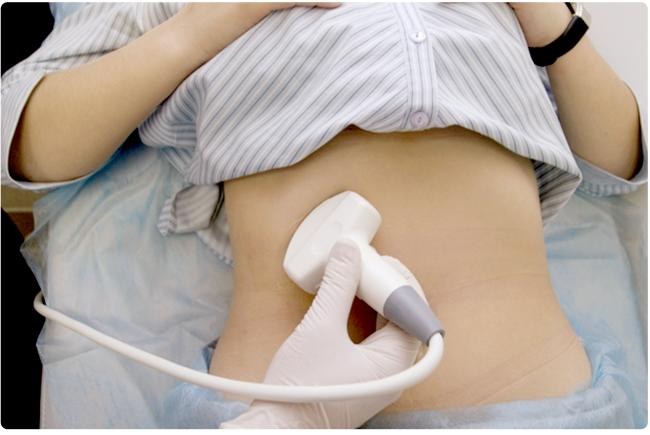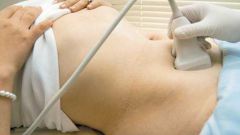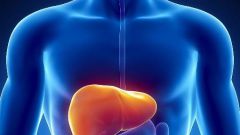You will need
- - the direction of the analysis;
- - the direction of the survey.
Instruction
1
For the diagnosis of diseases of the liver will prescribe biochemical analysis of blood, which helps to determine the level of alkaline phosphatase, transaminases, degree of coagulation and the presence of tumor markers. Laboratory blood test gives reliable information only in case, if the function of the liver quite badly broken, and consequently changed the structure of the body.
2
If there are no complaints from your side, or if the subjective complaints of poor digestion, heaviness in the right hypochondrium and bitter taste in the mouth will appoint ultrasonic diagnosis. Ultrasound is used to determine the presence or absence of tumors in liver, gallbladder and ducts, their diameter, if present education and diagnosis on the basis of which can be assigned to an additional examination.
3
CT or MRI provide a more complete picture of focal lesions of the body. This survey gives the clinical picture of the disease is more reliable than ultrasound. The doctor can make 100% accurate diagnosis.
4
Puncture of the liver has been appointed in numerous focal lesions and is performed under the control of computer tomography or ultrasound. Taken analysis sent for cytological and bacteriological examination, the results of which give full information on the structure of tumors.
5
Laparoscopy is doing in the hospital to determine the exact location of the lesion lesions of the liver and determine the operability of the patient. Laparoscopy is often prescribed for suspected cancer.
6
Additionally, angiography, confirming the presence of malignant tumors, the prevalence, the interaction with the vascular and sectoral element. Angiography is prescribed only in preparation for surgery.


